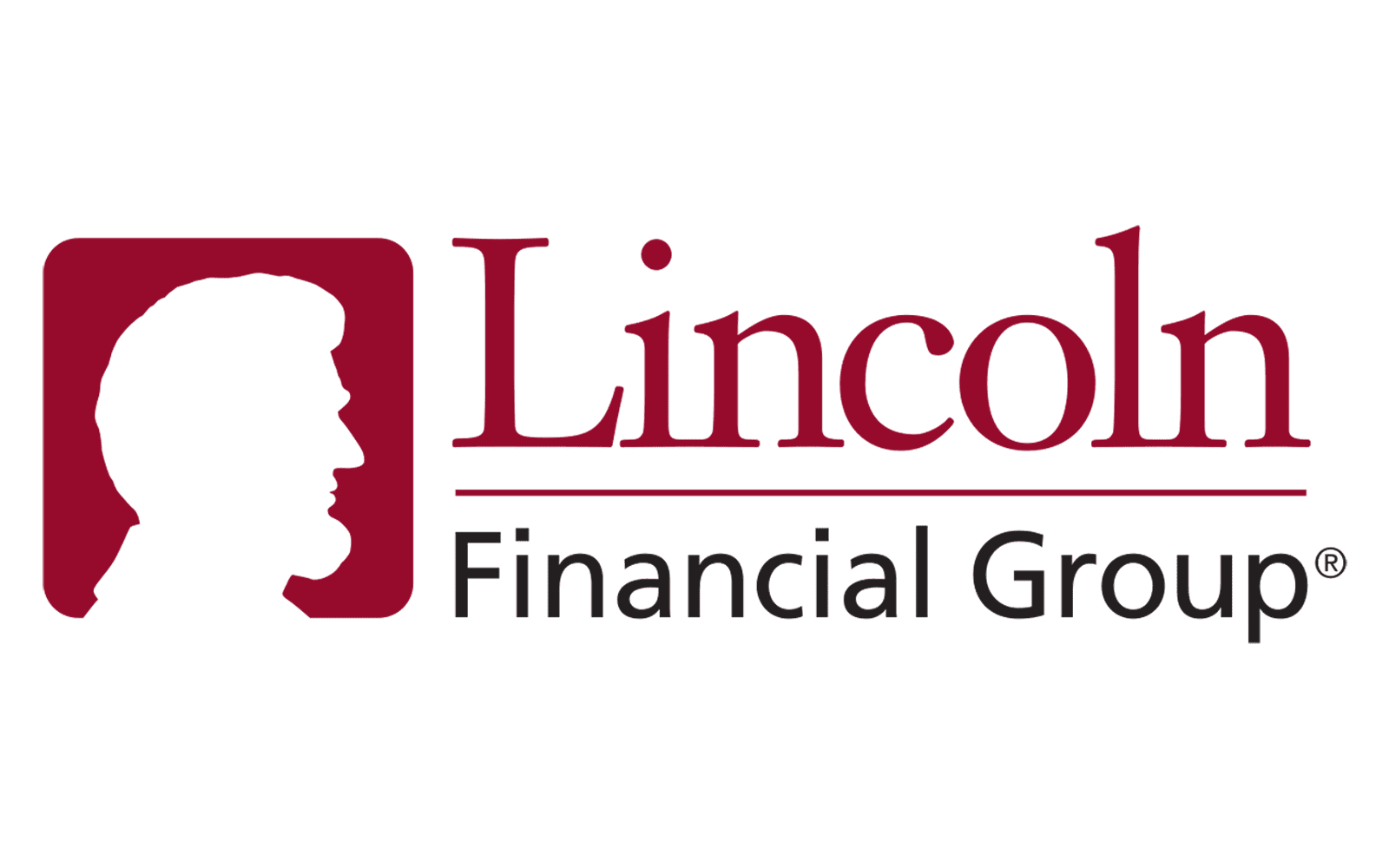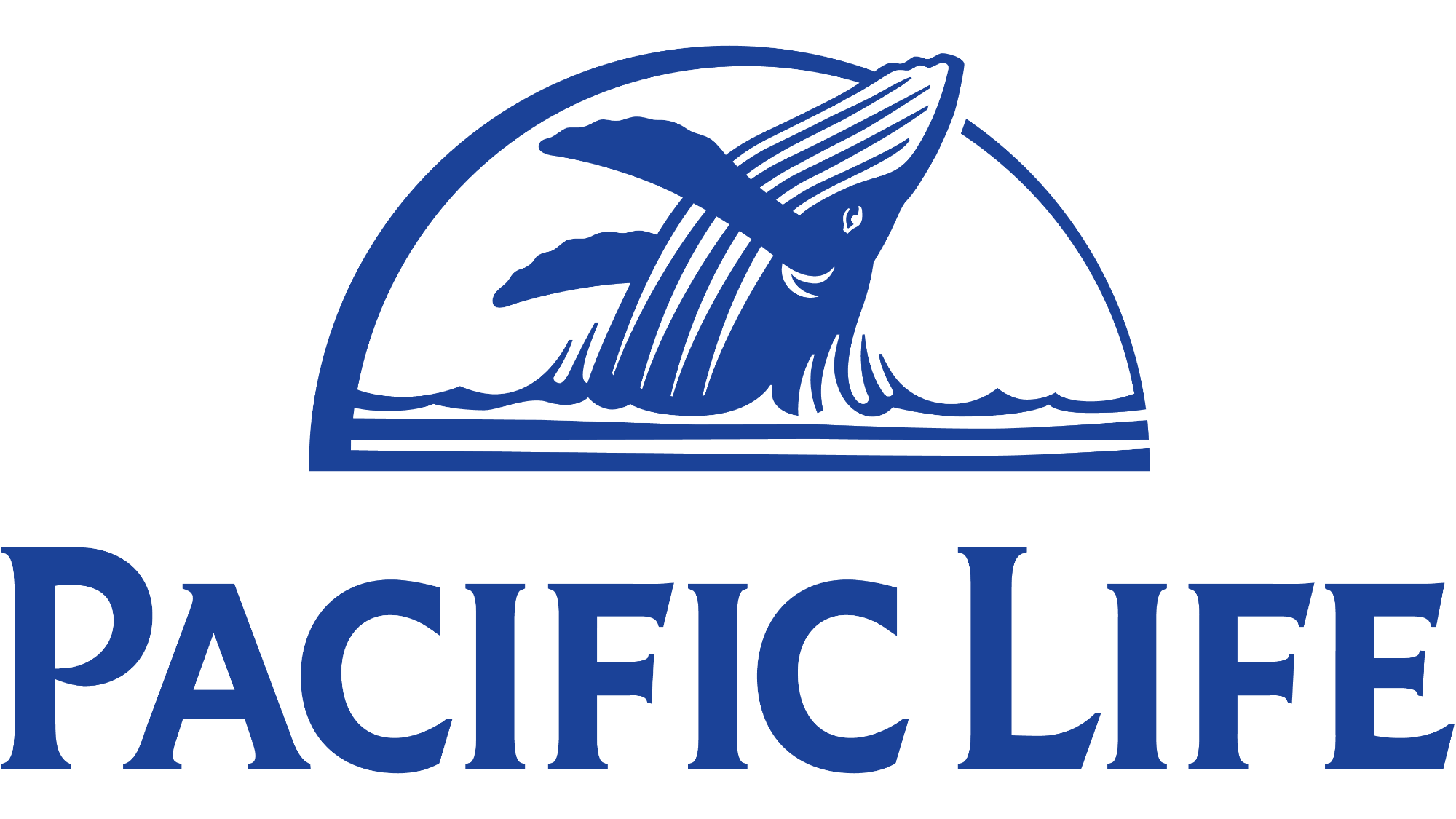Insurance Policies for You and Your Family
FinSpot.guide may earn a commission when a user completes an action using our links, which will however not affect the review but might affect the rankings. The latter is determined on the basis of product market fit and compensation received.
The information contained in FinSpot.guide should not be conceived as legal, financial or investment advice nor as an endorsement of any of the products or services referenced in FinSpot.guide. As disclosed in the Terms and Conditions all information on FinSpot.guide is subject to change. FinSpot.guide does not contain an exhaustive list of all lending or insurance partners in each category.
- Will & trust incl. with eligible policy—worth $898.
- Flexible coverage and customizable policy to fit your budget.
- See your estimate in 5 seconds!
- Plans for every budget - average $15/month
- Coverage designed around your needs
- Get pre-qualified in 2 minutes online
- Find cheap rates by comparison shopping
- We do the hard work for you
- Explore our guides and articles
- No medical exams. Everything’s instant. Loved by everyone.
- Designed for tomorrow. Available today.
- 100% digital. No physicals. Done in 5 mins.
- We consider the long term, short term, and the many ways to prepare for both.
- Over 7,500 financial professionals to assist on your journey through insurance, investing, planning and more.
- 170+ Years of Being There For You.
- Protect their loved ones
- Potentially reduce future taxes and diversify their portfolios
- Protect the businesses they worked so hard to build
Safeguarding Your Legacy
In the intricate landscape of personal finance, life insurance emerges as a cornerstone, providing not only a financial safety net but also a source of profound reassurance for individuals and their families. Despite its undeniable significance, the realm of life insurance often remains shrouded in complexity, leaving many uncertain about its nuances. This expansive guide aims to unravel the intricacies surrounding life insurance, offering a detailed examination that extends from foundational principles to the myriad policies available, ensuring you are equipped with the knowledge to make informed decisions about securing your financial future.
Unveiling Life Insurance Basics: Foundations of Financial Security
Life insurance is more than a mere policy; it's a financial tool designed to provide a secure foundation for policyholders and their beneficiaries. Understanding its fundamental principles is essential for appreciating its role in a comprehensive financial strategy.
Grasping how life insurance functions is pivotal for interpreting its significance. Delving into the operational intricacies sheds light on the mechanisms that render life insurance a reliable safeguard.
Beyond the calculations and policy terms, life insurance fulfills a deeper imperative by offering peace of mind and a sense of security. Unpacking the emotional and financial significance of life insurance underscores its critical role in planning for the future.
Exploring the Tapestry of Life Insurance: Types and Variations
Life insurance comes in various forms, each catering to distinct needs and preferences.
Term Life Insurance:
- Features and Benefits: Term life insurance provides coverage for a specific period, such as 10, 20, or 30 years. It offers a death benefit to beneficiaries if the policyholder passes away during the term.
- Considerations and Drawbacks: Term policies do not accumulate cash value, and premiums typically increase when the policy is renewed. However, term life insurance is generally more affordable than permanent policies.
Whole Life Insurance:
- Features and Benefits: Whole life insurance is a type of permanent life insurance that covers the policyholder for their entire life. It combines a death benefit with a cash value component that grows over time.
- Considerations and Drawbacks: Whole life insurance premiums are higher than term life insurance. The cash value can be accessed through loans or withdrawals, but doing so may affect the death benefit.
Universal Life Insurance:
- Features and Benefits: Universal life insurance is another form of permanent life insurance with flexibility in premium payments and death benefits. The policyholder can adjust the death benefit and, in some cases, the premium payments.
- Considerations and Drawbacks: While universal life offers flexibility, it requires careful management. Policyholders should be aware of the impact of interest rates on the cash value and premium payments.
Variable Life Insurance:
- Features and Benefits: Variable life insurance combines a death benefit with an investment component. Policyholders can allocate their cash value among various investment options, such as stocks or bonds.
- Considerations and Drawbacks: The cash value and death benefit can fluctuate based on the performance of the chosen investments. Variable life insurance carries investment risks, making it more suitable for those comfortable with market fluctuations.
Final Expense Insurance:
- Features and Benefits: Final expense insurance, also known as burial or funeral insurance, is designed to cover end-of-life expenses, such as funeral costs and medical bills. It is typically a smaller policy with a focus on affordability.
- Considerations and Drawbacks: Final expense insurance may have lower coverage amounts compared to other types of life insurance. It is suitable for individuals who want to ensure their loved ones are not burdened with burial expenses.
Determining Your Unique Coverage Needs: A Holistic Approach
Evaluating your financial landscape involves a thorough examination of existing obligations, from mortgages to outstanding debts, to determine the necessary coverage. Forward-thinking involves considering potential future expenses, from education costs to unforeseen medical bills, ensuring your coverage extends to meet evolving needs.
Understanding how your existing assets contribute to your financial security enables a nuanced approach to determining the appropriate coverage. Life insurance isn't just about individuals; it's about safeguarding the well-being of your loved ones. A comprehensive assessment of family needs guides the determination of optimal coverage. Recognizing that life is fluid, adapting your coverage to reflect changing circumstances is crucial for maintaining comprehensive protection.
Choosing the Right Life Insurance Policy: Customizing Your Financial Shield
The alignment of your policy with your specific needs is central to ensuring that your life insurance serves as an effective financial safeguard. Understanding the financial commitment associated with premiums requires a nuanced evaluation of affordability to maintain a sustainable policy. Entrusting your financial security to an insurer necessitates a thorough examination of their reputation, financial stability, and customer satisfaction. Informed decision-making involves a detailed comprehension of the terms and conditions governing your policy, ensuring transparency and clarity.
Exploring supplementary options, such as policy riders, presents opportunities to customize your policy, addressing specific needs beyond the standard coverage.
The Application and Underwriting Process: From Inquiry to Issuance
The application process serves as the initial step, demanding a comprehensive and accurate representation of your health, lifestyle, and financial situation. Integral to the underwriting process, medical examinations and a thorough health history evaluation enable insurers to assess the level of risk associated with providing coverage. Underwriters meticulously analyze gathered information to make informed decisions regarding coverage, weighing risks against benefits. Upon successful underwriting, the approval and issuance phase marks the point at which your life insurance policy officially takes effect.
Premiums, Payments, and Policy Management: Sustaining Your Financial Fortress
A comprehensive understanding of premiums—how they are calculated and what they represent—is crucial for effective financial planning. Exploring the various payment frequencies allows policyholders to align premium payments with their unique financial circumstances. An awareness of grace periods and potential policy lapses ensures that your coverage remains intact during challenging financial periods.
Policy management involves regular updates to ensure that your coverage aligns with your evolving life circumstances, safeguarding against potential gaps in protection.
Tax Implications of Life Insurance: Navigating the Fiscal Landscape
One of the primary advantages of life insurance is the tax-free nature of death benefits, providing financial relief to beneficiaries. While death benefits may be tax-free, the cash value component of certain policies introduces considerations related to taxation. Leveraging life insurance as an integral part of estate planning requires a comprehensive understanding of tax implications and strategies for optimizing efficiency.
Common Misconceptions and FAQs about Life Insurance: Dispelling Myths and Clarifying Doubts
Clarifying the distinction between life insurance and traditional investments is crucial for avoiding common misconceptions. Single individuals often question the necessity of life insurance, requiring a nuanced evaluation of individual circumstances to determine optimal coverage. Exploring the feasibility and benefits of having multiple life insurance policies enables individuals to tailor coverage to their specific needs. Understanding the process of changing beneficiaries provides policyholders with flexibility in adapting their coverage to evolving family structures and relationships. Addressing the consequences of discontinuing premium payments requires an understanding of grace periods, potential lapses, and alternatives for policyholders facing financial difficulties.
Reviewing and Updating Your Life Insurance Policy: A Dynamic Approach to Financial Security
Acknowledging the inevitability of life changes necessitates a proactive approach to regularly reviewing and reevaluating your life insurance policy. Updating beneficiaries ensures that your life insurance policy aligns with evolving family dynamics and relationships. As life evolves, policyholders may find it beneficial to explore upgrades and changes to their life insurance policies, ensuring ongoing alignment with their financial goals.
Safeguarding Your Future Through Informed Decision-Making
Summarizing the key points highlights the journey from understanding life insurance basics to navigating its complexities and implications. Armed with knowledge, readers are encouraged to take proactive steps in finding the right life insurance policy, tailored to their unique needs and circumstances. Acknowledging the enduring value of life insurance emphasizes its role as a lifelong commitment, providing not only financial security but also peace of mind for individuals and their families.
In the intricate tapestry of personal finance, life insurance emerges as a pivotal thread, weaving together financial security, peace of mind, and a legacy for future generations. This extensive guide has aimed to unravel the complexities surrounding life insurance, equipping readers with a profound understanding of its foundational principles, diverse policy landscape, and the nuanced decision-making processes involved. As you embark on the journey of safeguarding your financial future, may this guide serve as a beacon, guiding you towards informed decisions that resonate with your unique circumstances and aspirations.


















